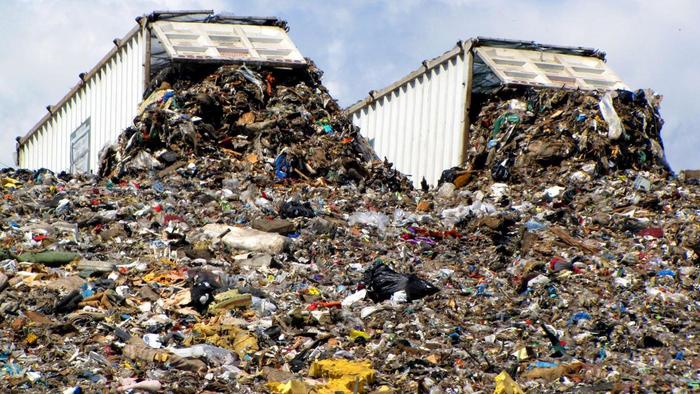
 The fashion industry is seriously damaging the environment
The fashion industry is seriously damaging the environment
Over the next few days, world leaders like Obama, Putin, and Cameron will meet in Paris for the UN cimate conference. Here, negotiations between leaders of 195 countries to reduce global emissions and limit global warming, will take place. The big man himself (President Obama) said that this conference could be a 'turning point in global efforts to limit temperature rise'.
More than 600,000 people from over 175 countries have taken to the streets, calling for a strong deal that will ensure a quick transition from fossil fuels to renewable energy. Clearly, climate change is something that many people care about.
In light of this, it is necessary to put the environmental problems into context. Let's explore one element of the context - the fashion industry, often very overlooked, with greenhouse gases and vehicle pollution often being the big 'go-to' terms around it. Nonetheless, the damage caused by the fashion industry on the environment is staggering.

Reformation and Community Recycling found that each year 85% or 10.5 million tons of unwanted clothing and accessories end up in landfills. Although the majority of the world's apparel brands are U.S based, More than 60% is manufactured in developing countries. This means extremely high exportation levels from countries like China to all around the world. According to EcoWatch, one cargo ship, which transports clothing can produce as much cancer and asthma pollutants as 50 million cars in just one year of transportation.
There is also the human cost that comes with the fashion industry. Massive corporate fashion companies like Nike and Gap, have been outed in recent years. The revelation around 20 years ago that Nike was paying child labourers making their clothes in China with dirt was shocking to say the least. Of course, we called for massive change. But how do we really know that this kind of exploitation doesn't still happen? Do we care? Perhaps environmental issues don't play on people's minds too much because our human nature tells us that it is something that will 'never affect us'. It's about the future generations.
It's not all doom & gloom and cancer in a cargo ship though. It's not too late to turn this around, no matter how difficult it will be (and it will be difficult). An increasing number of clothing brands are making efforts to recycle or at least extend clothing life. H&M and American Eagle, are now collecting used clothes in their stores and either donating them to charity shops, or cutting them up and then maing them into new clothes or another product. The massive Levi Strauss & co. are also recycling clothes (but still finding ways to make money), they are selling they're wearable recycled clothes. But still with the majority of clothing brands not invloved with any clothing recycling initiative, there's still a long way to go.
There is, and always has been the option of clothes shopping in charity shops, which is becoming more popular in the modern day. Charity shopping is not popular because people are quite obsessed with having the latest gear. Tactics for big companies to get people to continue to buy their products has now led to a crisis. For that reason, it's largely their responsibility to sort out these problems. Sort it out guys.
